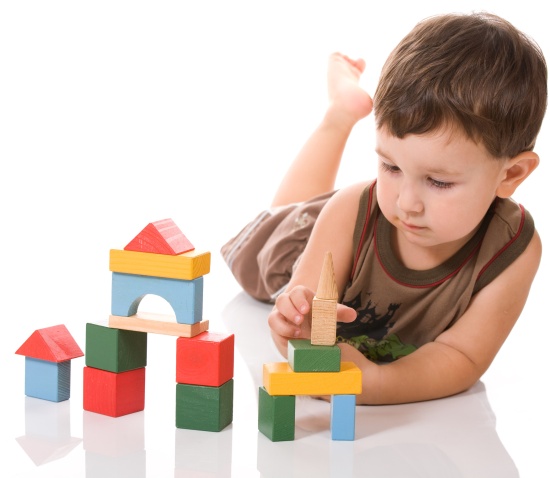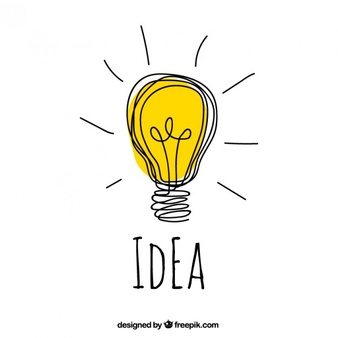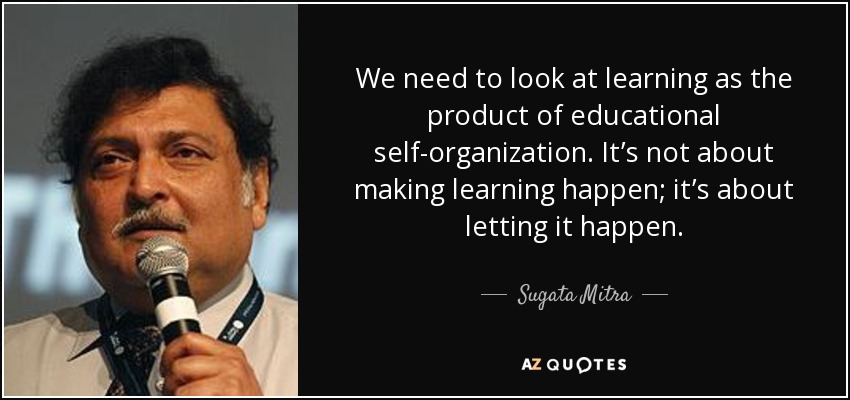20 years ago, an Aha! moment in my life was when I understood the meaning of the word ‘design‘. My memory of the class, my instructor, the environment is a total blurr now but the striking understanding , after which for years everything made sense to me was that one statement which defined the word design. It was when my teacher said , Solving a Problem is called design.
To date, I use this understanding to attempt numerous tasks. Designing a tool, designing a recipe, especially when you have limited ingredients and still you have to come up with something eatable, designing an assessment, designing curriculum, where the challenges are to align things in order which are approchable, assessible and meaningful. Designing a surprise party, designing a menu, designing a dress and what not. Finding a solution to any problem is design.
Knowing this, that, I didnt require a degree to design all of this, I learned, how all human beings are equipped with this ability. You give a child a number of blocks, and quitely, the child will end up constructing some thing, carefully designing its base, stability, sequence etc. This happens the best when there are no directions given. It happens when a child is given a problem to solve.
Approaching a problem in order to find a solution requires a lot of critical thinking. Some analysis to reach a conclusion. Many retrials, many restarts. It requires resilience.
Any design begins from an idea.
An idea is a figment of one’s imagination. It is a result of a thought process that may have chances to take a shape in reality. An idea usually derives from needs.
Sometimes pre existing ideas are shaped into reality by doing backward by design.
Whatever is the shape of design, the entire process follows a certain procedure.

Design thinking stages
Design Thinking in Education
Design Thinking is a mindset and approach to learning, collaboration, and problem solving. In practice, the design process is a structured framework for identifying challenges, gathering information, generating potential solutions, refining ideas, and testing solutions. (https://tll.gse.harvard.edu/design-thinking#:~:text=Design%20Thinking%20in%20Education,refining%20ideas%2C%20and%20testing%20solutions.)
Design Thinking is one of the best tools we can give our students to ensure they: Have creative confidence in their abilities to adapt and respond to new challenges. Are able to identify and develop innovative, creative solutions to problems they and others encounter. (https://www.makersempire.com/what-is-design-thinking-a-handy-guide-for-classroom-teachers/
In brief, design thinking develops the ‘thinkers and doers’ of the community.
My Inspiration
There are many examples of ideas that took shape and stunned the world. I will mention the one which inspired me the most.
The project ‘Hole in the Wall‘ was design thinking done by Sugata Mitra, who is a proffessor of Education Technology. His idea came from his believe that children can learn on their own. They can self teach themselves.

Sugata Mitra 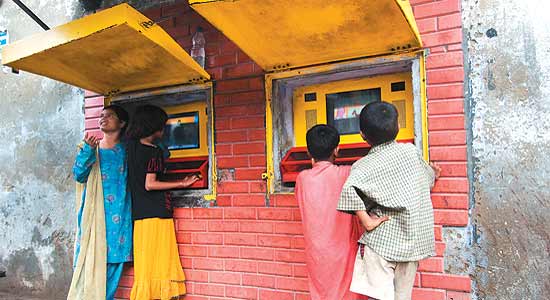
A hole in the wall 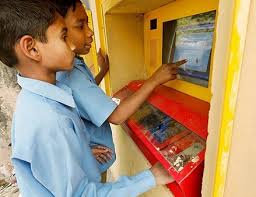
Children browsing
To see how it works, he installed some computer systems within a hole in a wall and installed these in slums of India. Children were free to use it.
He describes, how the children were totally fascinated with it. There were no instructions attached, neither there was any kind of supervision. It was astonishing to see how in days they were able to download images, and use them too. At one place in India, a group of boys were able to record a song and listen to it on the same computer within 40 minutes.
He further experimented with group of children, where he installed programmes in a language unknown to them. It was a surprise when after a couple of weeks, they were able to grasp the core concept of DNA (science). Also, in a school of learners who only spoke Italian communicated with him, where he only spoke English with them. He experimented by giving them instructions in English and the children were able to search for information using the key words on the internet.
These experiments are fundamental for teachers to understand how the brain works. How the thinking process of any learner functions. The essentials of cognitive and metacognitive strategies for meaningful learning journeys.
His TED Talk is truly inspirational for teachers who believe in having environment as the 3rd teacher. He also won
Example by practice
Meaninful learning takes place with little steps. I have tried similar learning engagements in my class of very young learners. I once gave them a bunch of pencils and asked them to divide those in 4 groups. This experiment was done before I introduced them to the concept of grouping, which later transforms into multiplication and division. My young learners were instantly engrossed in the process, where I had not given any other instructions other than just group them. They came up with the solutions themselves. They also further grouped them into smaller bunches to see how many will come in each group.
For educators, Design Thinking is an approach, a process for collaboration, inquiry driven research and enduring understanding of concepts. I urge my fellow educators to learn more about it and use it for better teaching and learning in the classes.



